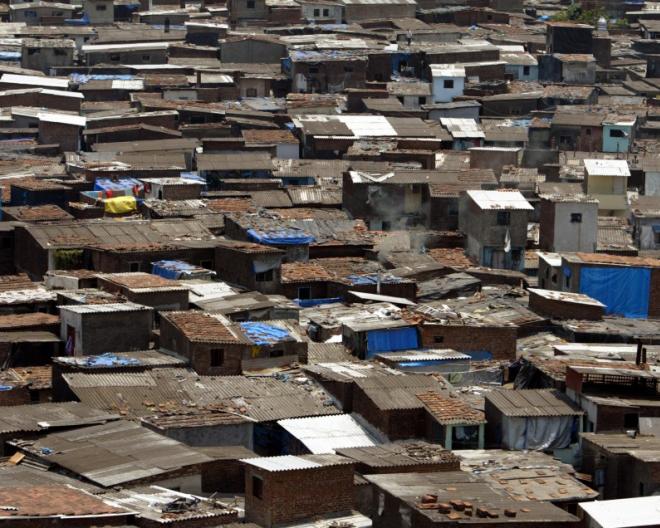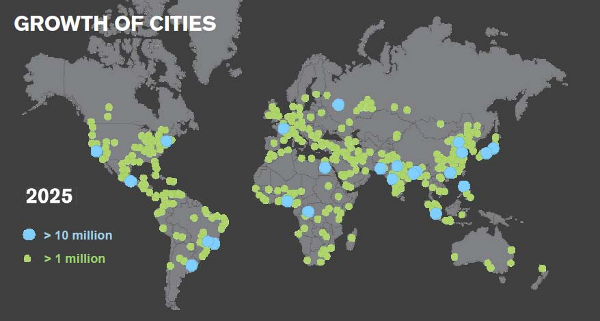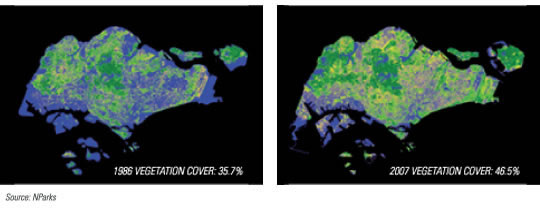As I was reading my morning paper today I came across a quote from Robert Friedland, an entrepreneur and mining engineer who in giving a speech to the MineAfrica event of the Prospectors and Developers Association annual conference being held in my hometown of Toronto, talked about the importance of Africa as an untapped resource for key minerals. He framed this remark around the issue of rural to urban migration accelerating in Africa and many other parts of the Developing World.
What struck me about the speech was the following quote: “By 2025, which is tomorrow morning in geologic time, and at the scale in which we invest in mining, 630 million people, or 14 per cent of the world’s urban population, and 8 per cent of all the people walking on this planet, will live in 37 megacities…..As you build those cities, not only are you wildly consumptive of copper and steel and iron and molybdenum, but look at the air. If you want to clean that air, the environmental metals are copper, platinum and palladium.” In other words, being in mining in the 21st century is a good thing because of the overwhelming demand for urban infrastructure and the technology to keep city environments livable.
The Urban Revolution is Here and it Looks Ugly
Friedland’s perceptions reflect current statistical trends. The year 2008 was the first time in human recorded history that more than half of us lived in towns and cities. And forecasters are predicting that by 2040, two-thirds of us will be urban dwellers. I’m not sure if Friedland recognizes that the growing cities of the future are not the mature ones of the Developed World, but are in fact those in Asia, South America and Africa where rural to urban migration has exploded. For a list of the fastest growing megacities of the Developing World, check out my former posting on the subject.
Based on forecasts our urban population by 2040 will be 5.6 billion. The cities holding the most of us will be like Lagos, Nigeria, Africa’s largest urban centre a city of 20 million and already bursting at the seams. Presenting a dichotomy of glittering glass towers and fetid, overcrowded shantytowns, cities like Lagos are the ones that need new infrastructure but don’t necessarily have the economics running in their favor to make the investment. Instead Lagos and others like it could implode becoming dysfunctional environments where inhabitants fight over insufficient food, water and energy. Add to this the potential destructiveness of global warming and you have a recipe for urban nightmares where extreme weather events and heatwaves create frightful scenarios.

Developed World Urban Planners Have a Different Perspective
So much of urban planning tends to focus on the issues cities in the Developed World are facing – urban transit, recycling and waste management, attracting new industries and jobs. These urban planners talk about sustainable, planned cities rather than those facing unprecedented human migration pressures. These urban planners are planning for New York, London, Berlin, Moscow, Paris and Tokyo, not the cities of India, Pakistan, Bangladesh, Indonesia, South and Central America and Africa. It was interesting to hear yesterday that my city, Toronto, is now the 4th largest city in North America, having surpassed Chicago in population. And what are they debating in my city? Urban transit, waste management and recycling, attracting new industry albeit a casino complex, and what type of food vendors can operate on city streets. This debate is not too dissimilar to ones going on in the two immediate cities in North America larger than Toronto – Los Angeles and New York. But for North America’s largest megacity, Mexico City, the issues are far more fundamental. That’s because Mexico City has more in common with the cities of the Developing World as rural to urban migration swells its ranks.
Planners for Developed World cities talk about reducing urban sprawl through intensification and the building of vertical urban environments. Sometimes they talk about the urban poor and public housing but more often the subject of the poor is spoken of in the context of mass transit, job growth, and basic social services.
Developing World Urban Planners Deal with Malthus’ Hierarchy of Needs
Addressing the Developing World cities requires much more fundamental thinking. The issues are food, shelter and other basic necessities of life. These urban planners describe a Malthusian nightmare of informal settlements, massive slums lacking proper sanitation, drinking water, housing, energy, transportation access and other fundamental city services.
Rather than being the economic engines of their countries, Developing World cities are a drag on meeting national goals. They suck the lifeblood out of the state, or they are simply ignored. Many Developing World urban planners advise governments to discourage rural to urban migration, particularly if it is directed at existing cities. They would rather build new smaller, efficient cities designed in partnership with industry, ensuring adequate employment for urban immigrants. In a recently published article The Problem with Megacities, the author, Joel Kotkin, talks about new ideas coming from Developing World urban planners.
Garden Cities and the Developing World
One of these is an Indian urban planner, Ashok R. Datar, Chairman of the Mumbai Environmental Social Network. Datar believes that Asian megacities need to look at a different model than the cities of the West. “We are copying the Western experience in our own stupid and silly way,” states Datar and suggests that smaller “garden cities” would be preferable. In rejecting the Developed World megacity model the Developing World should look to cities like Singapore, and emulate it. Singapore since the 1960s has been a planned environment balancing urban development with a green garden mentality, making it one of the most sustainable cities on the planet.
In the two images below you can see just how faithful Singapore urban planners have been to fulfilling the concept of an urban garden. The map on the left shows vegetation cover in 1986. The blue areas have no forest canopy or parkland. The map on the right shows the vegetation cover as of 2007.
Singapore is not a small urban centre but it represents a way forward for the Developing World as it addresses its growing population of urban dwellers. I’m not sure where Friedland’s predictions fit within a Developing World model based on garden cities that are smaller and healthier. But I’m sure even these urban centres will need the copper, steel, molybdenum, platinum and palladium that mines will continue to produce. Just probably less of all of these primary metals because garden cities will reuse and recycle so much of what they need to create a sustainable future.

















